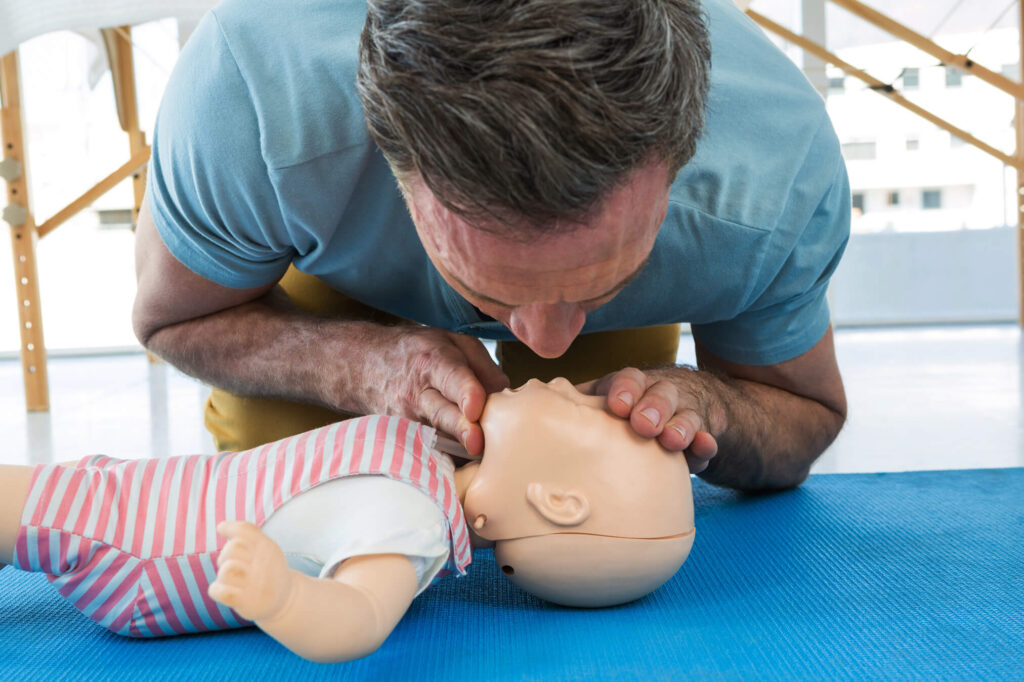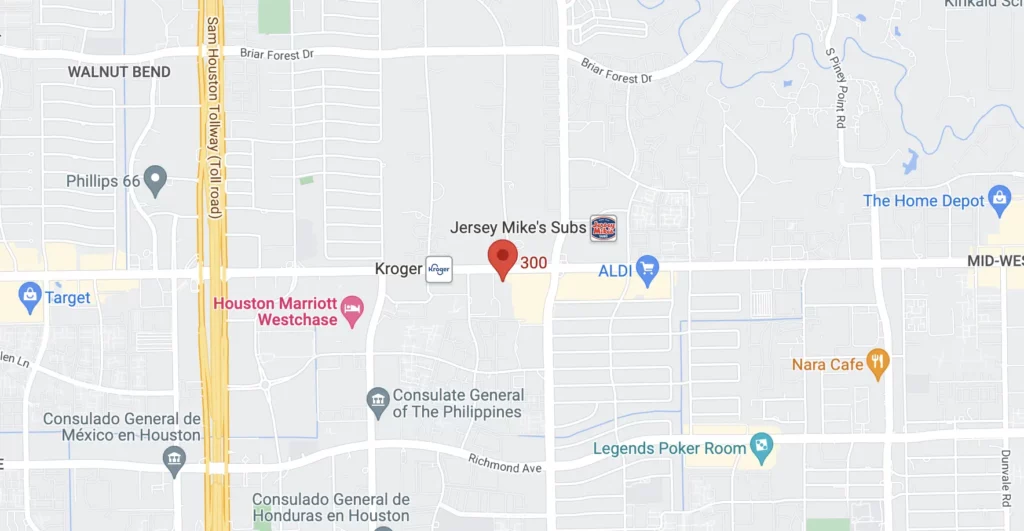How to Safely Perform CPR on an Infant in an Emergency
When it comes to infants, knowing how to perform CPR correctly can be a lifesaver. CPR, or Cardiopulmonary Resuscitation, is a critical skill that helps keep a baby breathing and their heart pumping during emergencies. The process involves a series of steps aimed at maintaining blood flow and oxygen to vital organs until professional help arrives. This immediate response can be crucial in an emergency, providing the infant with the best chance of recovery.
Learning CPR isn’t just for professionals; it’s a valuable skill for parents, caregivers, and anyone around children. Having the knowledge and confidence to act quickly can alleviate panic and increase the chances of a positive outcome when every second counts. With the right skills, you can stay calm and focused, delivering the necessary care when it’s needed the most.
Recognizing When to Perform CPR on an Infant
Knowing when to initiate CPR on an infant is just as important as mastering the technique itself. Being able to quickly identify signs of distress or emergency situations ensures prompt action, which is essential in critical moments. Here’s how you can recognize when an infant needs CPR:
1. No Breathing: Observe if the infant isn’t breathing or has occasional gasping sounds, which are inadequate for life.
2. Unresponsive: Check if the baby doesn’t respond to gentle taps or calling by name.
3. Blue Skin Color: A bluish tint, especially around the lips or fingertips, indicates a lack of oxygen and a need for immediate action.
Swift recognition of these signs means you’re prepared to begin CPR. Keeping calm and staying observant ensures you notice any sudden changes that require intervention.
Step-by-Step Guide to Performing CPR on an Infant
Once you’ve recognized the need for CPR, it’s vital to perform the procedure correctly and confidently. Here’s a step-by-step guide to ensure you know what to do:
– Ensuring Safety: Before you start, ensure that the environment is safe for both you and the infant. This prevents further harm and keeps focus on the infant’s care.
– Positioning the Infant: Place the infant on a firm, flat surface. Open the airway by gently tilting the head back and lifting the chin. This position facilitates effective breaths.
– Performing Chest Compressions:
– Use two fingers to press down on the center of the chest, just below the nipple line.
– Perform 30 quick compressions at a depth of about one and a half inches.
– Maintain a steady beat, similar to the rhythm of a fast-paced song.
– Providing Rescue Breaths: After compressions, give two gentle rescue breaths. Cover the infant’s mouth and nose with your mouth, watching for chest rise as confirmation of correct breaths.
– Continuing CPR: Keep performing cycles of 30 compressions followed by two breaths until help arrives or the infant begins to breathe on their own.
Mastering this sequence ensures you’re prepared to act effectively and efficiently in emergencies, increasing the likelihood of a positive outcome. Practicing these steps regularly helps reinforce this critical life-saving skill.
Practicing and Perfecting Your CPR Skills
Regular practice is key to retaining CPR skills and being ready when emergencies strike. Just as athletes train to improve their speed and precision, practicing CPR ensures you can perform the necessary steps without hesitation. Scheduled training refreshes your memory and fine-tunes your technique, giving you the confidence to act efficiently.
Several resources are available to help you practice CPR safely and effectively. Mannequins designed for CPR serve as an excellent tool for replicating the process and getting a feel for the correct pressure and rhythm. Many local community centers and healthcare facilities also offer workshops where supervised practice can occur, ensuring guidance and correction from professionals.
In Houston, finding adequate training and resources is convenient. Courses often include demonstrations of how to use an Automated External Defibrillator (AED), an essential component of cardiovascular emergency care. AEDs, stationed in various public places, like malls and public buildings, can be lifesavers when used correctly, making AED Training in Houston an indispensable part of any CPR course.
Staying Prepared: The Role of CPR Certification Classes
Completing a CPR certification class adds a layer of preparedness, offering peace of mind to parents and caregivers. These classes cover the critical elements of CPR and AED use comprehensively, ensuring that participants can handle adult, child, and infant emergencies effectively.
Certification classes are tailored for those who seek a thorough understanding and practice. For instance, the Basic Life Support (BLS) CPR and AED class meets the requirements for many healthcare providers. This ensures that professionals, like nurses, are well-equipped to respond swiftly and effectively. Classes held on convenient weekday evenings and Saturday mornings cater to varying schedules, making participation easier for busy individuals.
First Aid and CPR certification classes not only enhance your ability to respond but also grant a two-year certification upon completion. This certification underscores your commitment to safety and your readiness to step in when help is urgently needed. Engaging in these training sessions not only enhances safety but also builds a supportive community of informed and trained individuals ready to assist those in need.
Taking Action to Protect Your Infant’s Life
Being knowledgeable and trained in CPR can mean the difference between life and death during an infant emergency. This skill empowers you to take proactive steps, ensuring readiness to help your child or any infant in crisis. Understanding CPR principles and consistently practicing them enriches your ability to care for others effectively.
Participation in certified CPR and AED classes fortifies your ability to respond confidently and calmly. Committing to learning these life-saving skills, especially when living in a large city like Houston with access to numerous classes, ensures you’re as prepared as possible for emergencies. This proactive approach is not just about acquiring skills; it’s about safeguarding the lives of those most precious to you.
The responsibility of protecting the life of an infant involves continuous learning and practice. Equip yourself with the skills that can make a difference by exploring AED training in Houston. At Rapid CPR Houston, we offer comprehensive CPR certification classes designed to prepare you for any emergency. Whether you’re a healthcare professional, parent, or educator, our courses will boost your confidence and readiness. Prioritize safety and ensure you’re equipped to handle emergencies effectively.





